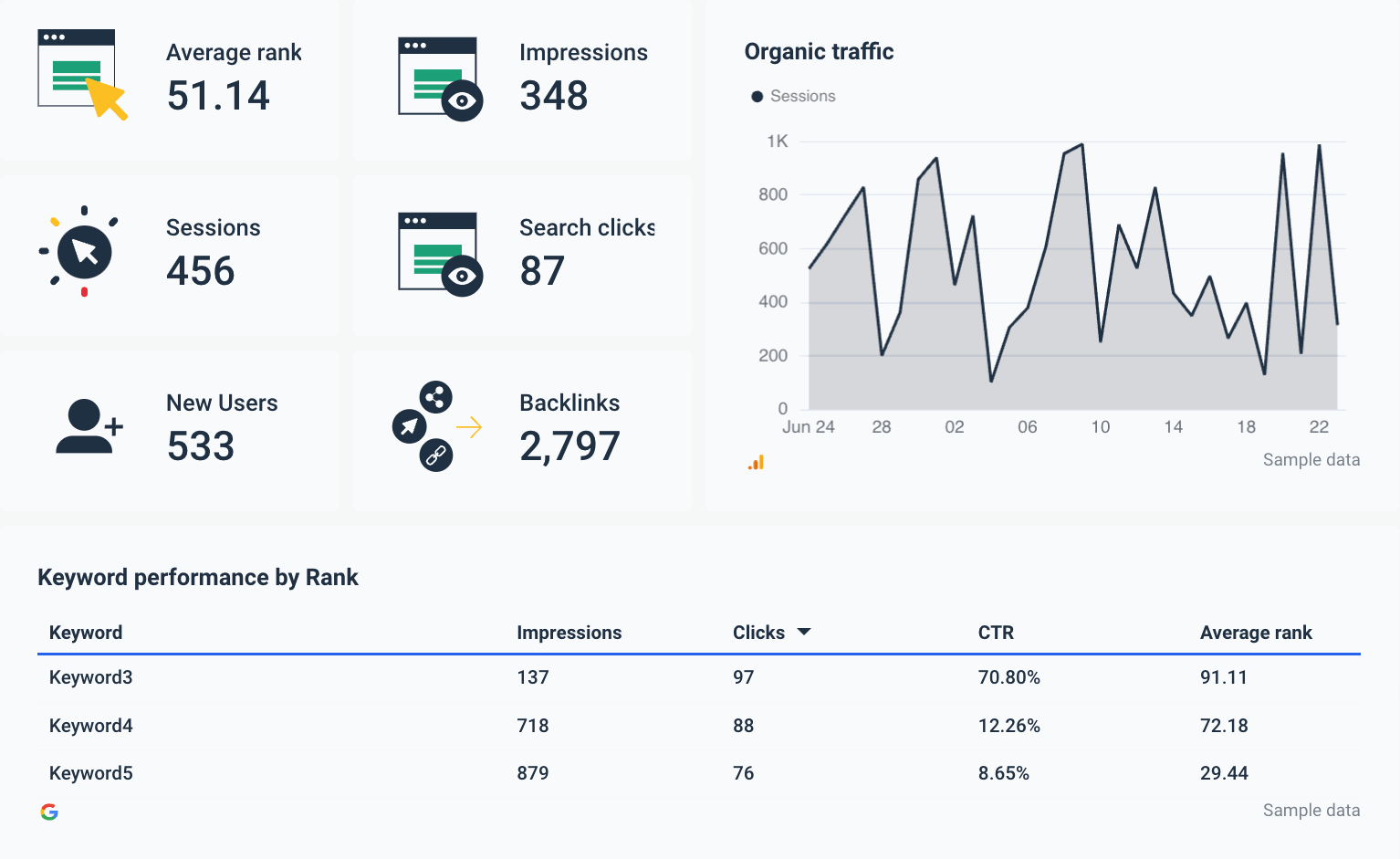In today’s SEO landscape, securing a spot in Google’s Featured Snippets can dramatically increase your website traffic and visibility. These snippets appear at the top of Google’s search results and offer quick answers to users’ questions—making them incredibly powerful for businesses in Melbourne, Australia aiming to establish authority and drive clicks.
But how do you actually get there? Ranking in featured snippets isn’t about luck. It’s about strategy, structure, and understanding how Google Search processes content. In this detailed guide, we’ll walk you through the step-by-step process of optimising your content for Featured Snippets. Whether you're a local business or an eCommerce site, this guide will help you turn informational queries into high-performing SEO opportunities.
You’ll learn the different types of featured snippets, how to structure your content to be snippet-friendly, the importance of answering specific questions clearly, and the role of formatting in Google's selection process. With a proper strategy in place, your website could secure the top real estate on the search engine results page (SERP).
What Are Google Featured Snippets?
A Featured Snippet is a selected search result that appears at the top of Google’s organic search results in a box. This box is also called “Position Zero” because it shows above all other listings. Snippets are designed to answer users’ questions directly in the search results without requiring them to click through.
Common types of Featured Snippets include:
- Paragraph snippets: A short paragraph answering a question.
- List snippets: Bulleted or numbered steps, like recipes or how-to guides.
- Table snippets: Tables comparing prices, stats, or features.
- Video snippets: Video content that directly answers search queries.
Step 1: Do Keyword Research for Snippet Opportunities
Start by finding questions your audience is already asking. Use tools like Ahrefs, SEMrush, or AnswerThePublic to identify commonly asked questions. Look for keywords with a question-based format like “how to,” “what is,” “why does,” etc.
Focus on long-tail keywords that have a high likelihood of being used in a search for a specific answer. These keywords often lead to paragraph or list snippets, especially if your content is formatted correctly and clearly provides an answer.
Step 2: Answer the Question Clearly and Early
Google pulls content that answers a search query concisely and clearly—usually within the first few paragraphs of a page. When writing content, make sure you provide a direct answer to the target query in the first 40–60 words.
For example, if the keyword is “what is SEO,” your content should begin with a sentence like: “SEO (Search Engine Optimization) is the process of optimizing a website to increase its visibility in search engines.” Simple, clear, and to the point.
Step 3: Structure Your Content for Easy Indexing
Use headers (<h2>, <h3>) to break down your content. Lists, tables, and well-organized paragraphs are ideal for featured snippets. Google prefers structured content because it’s easier for the algorithm to read and extract information.
Here's how to optimize structure:
- Use ordered or unordered lists for steps or rankings.
- Add tables for data-driven comparisons.
- Keep paragraphs short (40-60 words) when directly answering a query.
- Include schema markup when possible to highlight structured content.
Step 4: Optimise Existing Content That Already Ranks
You don’t always need to create new content. In fact, one of the best ways to earn a featured snippet is to identify content you already rank on the first page for—and optimize it. Use Google Search Console or SEMrush to find pages with high rankings but no snippet.
Then:
- Reformat answers as a list or short paragraph.
- Add a specific question in an H2 or H3 tag and answer it directly underneath.
- Improve internal linking and make sure the page is mobile-friendly.
Step 5: Add Context and Supporting Information
Google doesn’t only look at the snippet—it reviews the entire page to ensure the answer is trustworthy. Surround your direct answer with high-quality supporting content. This helps reinforce the topic and shows that your site is authoritative on the subject.
Add additional insights, examples, and references. Link out to high-authority sources and keep your content up to date. The more helpful your content is overall, the more likely it is to be featured.
Step 6: Track and Test Your Snippet Performance
Use Google Search Console to monitor if your content has gained a snippet. Check impressions, clicks, and position changes for your target queries. If a page earns a snippet but drops out later, revise the content to make it even more concise or valuable.
You can also run A/B tests on your content’s formatting to see what type of structure Google prefers. Try different question formats, reorder sections, or test different H-tag strategies.
Conclusion: Featured Snippets as a Competitive Edge
Securing a Google Featured Snippet is one of the fastest ways to elevate your visibility without spending on paid ads. For businesses in Melbourne, Australia, competing in SEO means grabbing every available edge—and featured snippets are the crown jewel.
Contact Us
Email: ash@multidice.com.au
Phone: +61 481 834 691
Address: Melbourne, Australia



